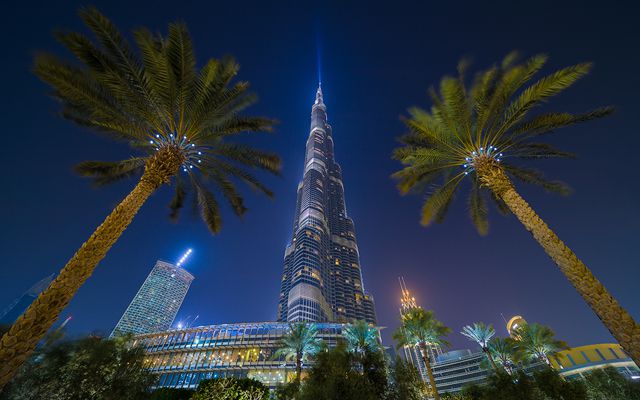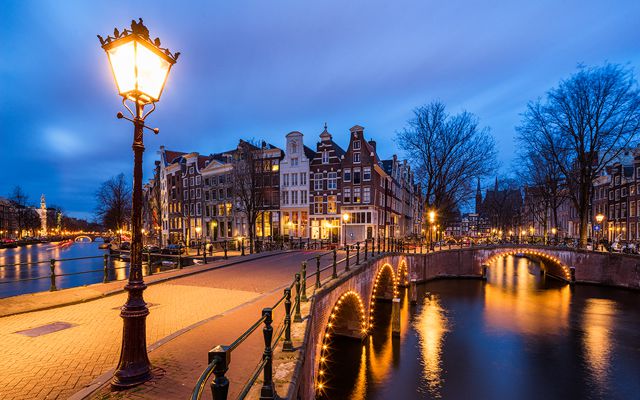I just had to take as many shots I could while having all the reflections from the puddles. And even with quite a huge amount of people walking around, I managed to get this without any of them in the shot. One has to like long night exposures :)
This is a HDR from 3 exposures, created in Oloneo Photoengine, finished in Photoshop.





















